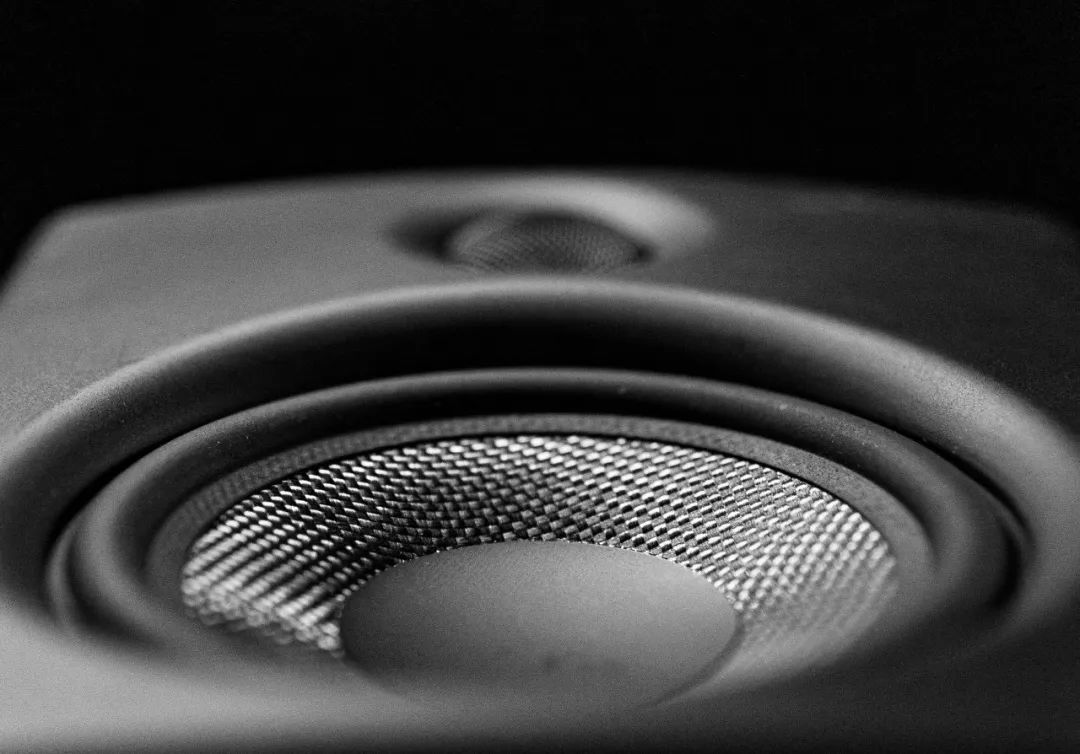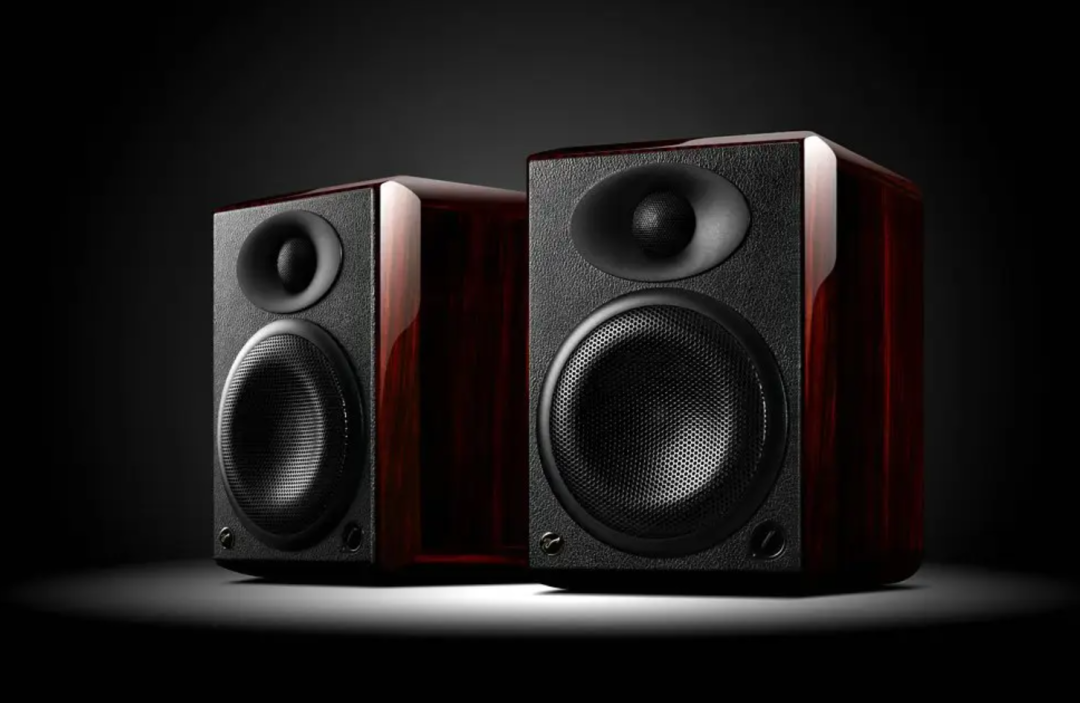Technology | New Interpretation and Suppression of Noise in Sound Systems
New interpretation and suppression of noise
New solution and suppression of noise
Identifying four types of noise
How to eliminate noise in the system?
HUM
A stable low-frequency noise,
with a frequency of 60Hz (per second) (50Hz in China),
with no obvious harmonics.
It sounds like humming with closed lips, very close to the low B-flat on a bass guitar with all highs turned off.
Buzz
Steady-state noise is usually also low B-flat, but it contains many harmonic sounds and higher pitches.
It sounds like the noise your tongue makes at the back of your teeth, through open lips.
Or, when touching the tip of a guitar cable plugged into an open stage amplifier, the sound you hear will be a buzz.
HISS
Steady-state white noise
Sounds like steam from a kettle when rain falls on the roof.
It can be simulated by blowing air instead of whistling. In fact, this is white noise, not pink noise used for adjusting room sound with a real-time analyzer (RTA).
HASH
Pulsating 'buzzy' sound
Sounds like frying bacon or a modulated buzz.
Sometimes it is steady, and sometimes it modulates based on signal reasons.

NOISE

Fixing the first two noises
By listening to the actual quality of the sound, reasonable guesses can be made about the causes of any noise mentioned above in the sound system. Here are the common causes of each type of noise in sound systems and simple steps to correct these noises.
HUM
Usually caused by some ground loop current between two different audio devices. This often occurs when you are forced to plug stage and sound equipment into multiple power outlets around the room.
For example, if the main sound system power amplifier is plugged into a socket next to the stage, while the mixing console is plugged into a convenient socket at the back of the room, a slight difference in ground voltage between the two sockets can cause a large current to flow into the shield of the XLR connector (which is a large current compared to what the signal line should handle).
This current can enter any amplifier or active speaker and produce a loud hum.
A quick fix is to connect a longer extension cord from the amplifier's output to the mixing console's output (reducing the ground voltage difference).
A longer-term solution is to add an Ebtech Hum Eliminator between the output of the console and the input of the amplifier, which will break the current loop and stop the ground loop HUM.
The same principle applies; ground loop current can also flow between the DI box on the platform/stage and the mixing console.
The same principle applies; ground loop current can also flow between the DI box on the platform/stage and the mixing console.
At this point, the GND LIFT switch on the DI box can be used to disconnect the signal ground loop HUM.
A switch on a DI box output
GND LIFT switch to disconnect the signal ground loop HUM
BUZZ
Usually caused by unshielded audio cables connecting two audio devices.
For example: using unshielded speaker cables to connect a bass guitar or keyboard to its stage amplifier can produce a loud BUZZ.
Therefore, check carefully to ensure you are using instrument cables and not accidentally using speaker cables.
Instrument speaker wires and guitar wires look very similar,
which could be the source of the BUZZ.
Is this an instrument or speaker cable? It's best to check and find out, otherwise it may lead to BUZZ in the system.
Note: BUZZ may also be caused by floating safety ground in the sound system, and ignoring this safety ground warning sign can pose a risk of electric shock.
HISS
Usually caused by mismatched audio levels between interconnected audio devices.
There is a general design rule that most sound equipment's input and output level controls should operate at around 75% position. (This means between 7 to 8 on a scale of 10.)
Therefore, if you look at any mixing console's fader, you may see a highlighted area about three-quarters of the way down from the top, marked as Unity Gain or 0 dB. That is the optimal choice. If the input fader needs to be pushed up near the top to get sufficient sound level, it indicates that you are not giving the preamp enough gain.
On the other hand, if the output fader is dropped very low to prevent the amplifier from being overdriven, it indicates that you may be causing distortion in the mixing bus inside the console, which can happen after the signal leaves the console.
For example: if you send a line-level output from the AUX OUT auxiliary output to a microphone-level input on a camera, you definitely need to keep the AUX OUT auxiliary output level very low to avoid distorting the camera input. This often leads to various HISS sounds appearing in the audio sent to the video.
HASH hash »»
It is usually caused by audio ground pollution from switch power supplies.
For example, many portable calculators use internal switch mode power supplies to generate a bunch of different voltages for the screen, CPU, hard drive, etc. In fact, you can hear the frequency of HASH hash changes multiple times due to accessing the hard drive.
The best way to correct this issue is to use an external USB audio port (like Whirlwind pcUSB), or connect the calculator's 1/8 inch / 3.5mm headphone output to a transformer-isolated DI designed specifically for calculator output, such as the Radial Stage Bug.
inhibition
Of course, in larger sound systems, there may be multiple types of noise sources. In this case, turn off all components, then slowly turn on each component one by one.
When you turn on certain devices and the noise starts, it indicates its origin.
Correct that noise, then continue to turn on more things one by one until you encounter the next noise. Fix that issue, then continue... until everything is quiet with all components turned on.
Then it's time to make another sound!
Other News
WEISHITE Audio Technology (Guangzhou) Co., Ltd
Address: 5th Floor, No. 11, Area A5, Lixin Road, Huimei New Village, Xintang Town, Zengcheng District, Guangzhou City
E-mail :caoyaoyu@gztsaudio.com

@2025 WEISHITE Audio Technology (Guangzhou) Co., Ltd All rights reserved

